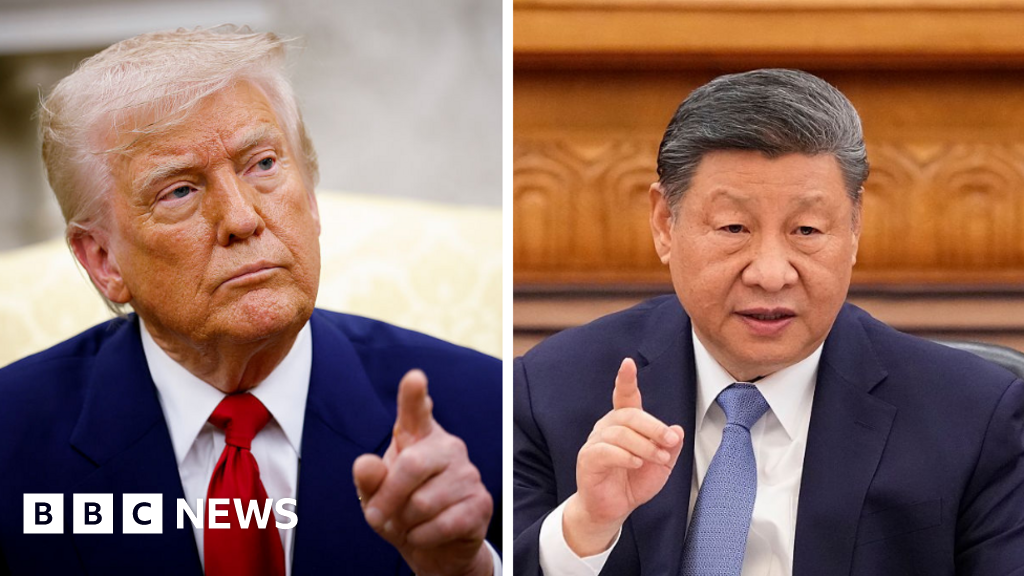On Tuesday, U.S. President Donald Trump will open the first multicountry foreign trip of his second term with a stop in Saudi Arabia, underscoring that ties with Riyadh remain a Trump priority. (He’ll also visit Qatar and the United Arab Emirates.) While a hoped-for diplomatic breakthrough normalizing Saudi-Israeli relations will have to wait—at least until the Gaza war ends—plenty of other opportunities will allow Trump and Crown Prince Mohammed bin Salman, known as MBS, to leave their meeting claiming diplomatic victory.
The Saudi need for a U.S. security guarantee is less urgent than during Trump’s first term. Iran, still the Saudis’ main regional rival, is now far weaker after Israel’s battering of its allies Hamas and Hezbollah and the ouster of Tehran-aligned Syrian strongman Bashar al-Assad. It’s also unlikely Trump could deliver the two-thirds Senate super-majority needed for a formal defense treaty.
But even without the Israeli piece of the diplomatic puzzle, Trump intends to offer a new level of defense cooperation, including a public pledge to defend the kingdom if attacked by Iran or its remaining allies. That list may no longer include the Houthis. On May 6, Trump announced a surprise cease-fire with the Yemeni rebels, ending U.S. airstrikes in exchange for a halt to Houthi attacks on Red Sea shipping. The deal, which notably excluded Israel, was brokered by Oman and lets Trump claim a win that reduces immediate threats to Saudi oil infrastructure ahead of his visit.
The kingdom is also seeking access to cutting-edge U.S. technologies, like advanced semiconductors for its expanding tech and AI sectors—an area in which it lags behind the neighboring UAE. To secure that access, Washington will insist that Riyadh curtail high-level tech cooperation with China.
The two leaders will likely announce a landmark civil nuclear-cooperation agreement. The Saudis want the ability to enrich their own uranium, allowing for both civilian energy development and potential military use. U.S. negotiators have pushed for restrictions on their ability to develop their own fuel cycle along with rigorous inspections by the International Atomic Energy Agency. A compromise may emerge allowing limited enrichment under U.S. supervision. They will also sign trade and investment deals worth hundreds of billions of dollars. Just days after Trump’s Inauguration, the crown prince pledged to invest $600 billion in the U.S. He may offer more specifics this month.
Trump and MBS will also discuss Iran and Yemen, both still serious security headaches for Riyadh. The crown prince needs to shield his ambitious Vision 2030 reform and development plan from threats by the Houthis and Iran’s Islamic Revolutionary Guard Corps. Without a formal defense pact with Washington, maintaining the current thaw with Tehran is especially important—particularly if pressure from Israel or the Trump Administration provokes Iran to retaliate against America’s regional partners.
To avoid becoming a target, the Saudi government sent Defense Minister Prince Khalid bin Salman to Iran in April—the highest-level visit between the two nations in decades. Riyadh has also offered to mediate U.S.-Iran negotiations over the future of Tehran’s nuclear program and possible sanctions relief.
And while the U.S.-Houthi cease-fire reduces tensions, it remains fragile. Any renewed escalation—for example, caused by ongoing Houthi attacks on Israel—could still provoke retaliation against Saudi oil infrastructure or U.S. bases in the kingdom.
For all these reasons, the U.S. President and Saudi crown prince will be all smiles and lavish promises during Trump’s Middle East trip. But the realities of the region—in Gaza, Iran, and the waters off Yemen—carry risks both are determined to avoid.











 English (US) ·
English (US) ·